Volkswagen Tiguan Service and Repair Manual: EU Tire Label
EU Tire Label, Short Overview
Starting on 11/1/2012, tire manufacturers must comply with the new EU Regulation (EG) 1222/2009 (Tire Labeling Regulation).
The Tire Labeling Regulation requires that information pertaining to rolling resistance (fuel efficiency), wet grip and external rolling noise be printed on a uniform EU tire label. The goal of this is to increase safety and ecological and economical road transport efficiency by using tires that are safer, quieter and use less fuel.
The new EU tire label contains concrete information for seven classes from A to G.
There are 3 different categories:
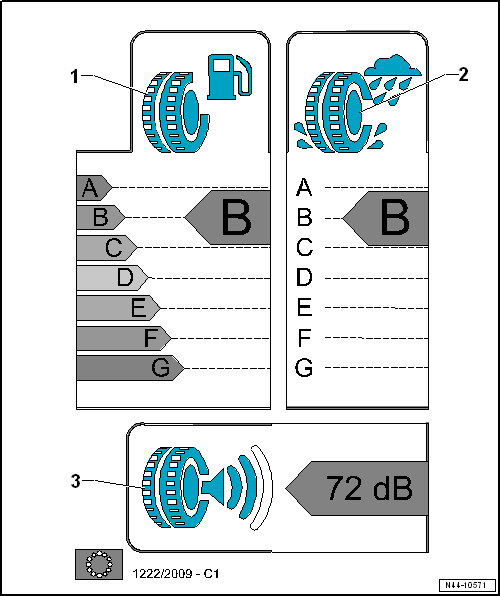
- Rolling Resistance
- Explanations.
- Wet Grip
- Explanations.
- Noise Emission
- Explanations.
EU Tire Label, Goals
- To reduce fuel usage
- To improve road safety
- To reduce traffic noise
The EU Tire Label Provides the End-User with Information About the Tire's Most Important Properties. However, it Does Not Provide All Critical Safety Criteria.
- Explaining additional tire properties can exert a sustained influence on the purchasing decision.
- The customer should be made aware of the limited reliability of the label regarding tire properties. For example, the label says nothing about the winter properties on winter tires.
- Tire tests remain important sources of information for dealers and end-users.
The tires test check many other performance factors, including the following:
- Aquaplaning properties
- Driving stability
- Steering precision
- Service life
- Braking properties
- Performance under winter conditions
EU Tire Label, Categories
Rolling resistance:
- Is defined as the amount of energy used by a tire to travel to a given distance.
- This corresponds to the loss of energy in units per defined distance.
- This is expressed as an quotient of energy in Newton meters (Nm) and of distance in meters (m). Thus, the rolling resistance is expressed as a force in Newtons (N).
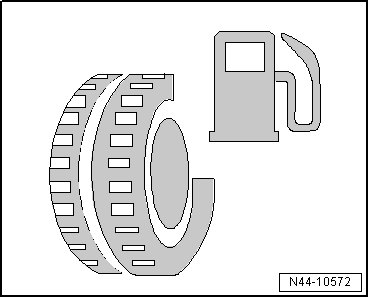
The rolling resistance of a tire is defined by the rolling resistance coefficient c R:
cR =FR
Z- cR - Rolling resistance coefficient
- FR - Rolling resistance force
- Z - Vehicle weight (sum of all wheel loads)
Goal
- To reduce rolling resistance
- To economize fuel and CO2
Evaluation
- Separated into fuel efficiency classes A to G
- Class D is not used
Note
- The fuel efficiency classes are listed in EU Regulation (EG) 1222/2009. Tires categories are established by this regulation.
- The rolling resistance is ascertained by prescribed tests performed by the tire manufacturer.
- The lower the rolling resistance, the lower the fuel consumption.
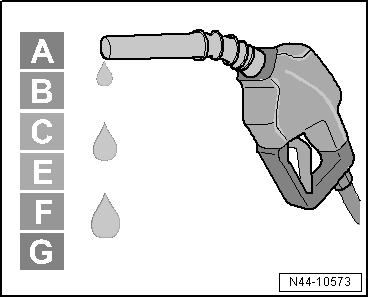
- Lowest rolling resistance coefficient = lowest fuel consumption
- + 0.10 liters / 100 km
- + 0.12 liters / 100 km
- + 0.14 liters / 100 km
- + 0.15 liters / 100 km
- + 0.15 liters / 100 km
Wet Grip
Definition
For the wet grip, the wet grip parameter G must be determined. The wet grip parameter G is defined by testing the distance required by a standardized vehicle to brake from 80 km/h (49.7 mph) down to 20 km/h (12.42 mph) on a wet, even road surface. The test is performed using predefined standard reference test tires (SRTT), allowing for the wet grip parameter G to be determined. Mean fully developed deceleration (mfdd) is used for the test.
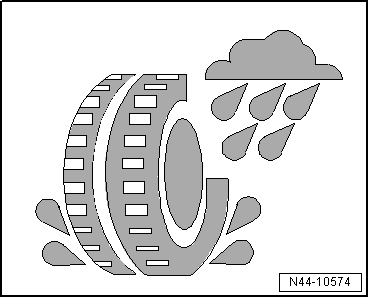
The mean fully developed deceleration is determined thusly:
mfdd = 231.48 S
S - the braking distance between 80 km/h (49.7 mph) and 20 km/h (12.42 mph) in meters
The wet grip parameter G is determined thusly:
G =
mfdd of the tire to be checked
mfdd of the standard reference tire
mfdd - mean fully developed deceleration
Goal
- Good wet grip on tire
- Sharp decrease in braking distance
Evaluation
- Separated into wet grip classes A to G
- Classes D and G are not used
Note
- The wet grip classes are listed in EU Regulation (EG) 1222/2009. Tires categories are established by this regulation.
- The lower the wet grip parameter, the shorter the braking distance.
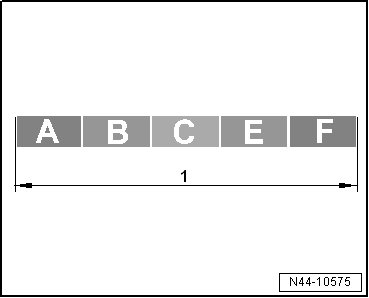
- lowest wet grip parameter = shortest braking distance
- 3 to 6 m longer braking distance compared to category A
- 3 to 6 m longer braking distance compared to category B
- 3 to 6 m longer braking distance compared to category C
- 3 to 6 m longer braking distance compared to category E
- When emergency braking at 80 km/h (49.7 mph), the difference between using class A and class F tires can be more than 18 m.
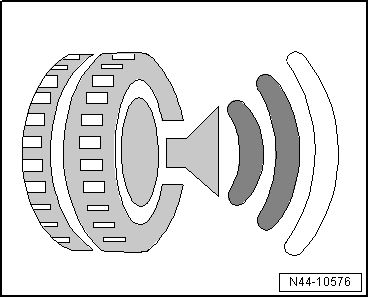
Noise Emission
Goal
- To reduce pass-by noise
- To reduce noise impact
Evaluation
- Take measurements from outside of the vehicle only
- Divided into three classes
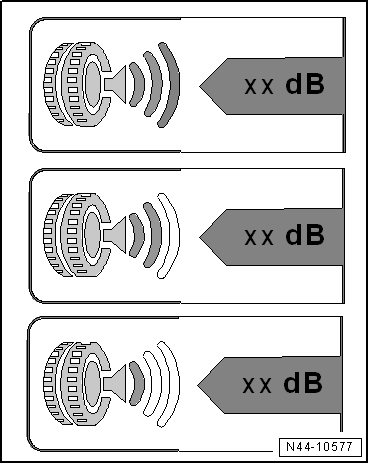
- Three black waves signify the worst performance. The tire produces external rolling noise, which falls below the current EU Directive 2001/43/EG limit. The limit surpasses the future limit set by EU Regulation (EG) 661/2009, which will go into effect in 2016.
- Two black waves: the tire noise level does not exceed the future limit set by EU Regulation (EG) 661/2009, which will go into effect in 2016.
- One black wave: the tire noise level does not exceed the future limit set by EU Regulation (EG) 661/2009, which will go into effect in 2016, by at least three decibels.
Note
- Reducing the noise measured value from two black waves down to one corresponds to 3 dB, which halves the noise level.
- Please note that extreme tire rolling noise does not always correspond to the noise in the vehicle interior.
 Side Wall Lettering
Side Wall Lettering
Side Wall Lettering, Standard Tire
Example: Continental ContiPremiumContact 2
Size Designation
For example B. 205/55 R 16.
Position of Tread Wear Indicators (TWI)
Manufacturer (Trade Name) ...
 Overview - Radial Ply Tire
Overview - Radial Ply Tire
Cross-Section of a Radial Ply Tire
Tread Block
Tread Groove
Tread
Nylon Ply
Belt Layers
Consists mostly of steel
Bead Bundle
Consists of steel wires vulcanized into rubber
Make sure ...
See More:
Volkswagen Tiguan Service and Repair Manual > Communication: CD Changer
CD Changer, Removing and Installing
General Information
Note
The CD changer is not faulty if the CD changer plays commercially
available CDs, but not self-burned CDs. Do not replace the CD changer for
this reason.
Mix CDs (CDs that contain computer data and also music) cannot be
played.
Mu ...
Volkswagen Tiguan Owners Manual
Volkswagen Tiguan Service and Repair Manual
- Body exterior
- Body Interior
- General Paint Information
- Paint
- Brake System
- Suspension, Wheels, Steering
- Wheel and Tire Guide
- Towing Guide
- Wheel and Tire Guide General Information
- Communication
- Electrical Equipment General Information
- Electrical Equipment from 06/2011
- Heating, Ventilation and Air Conditioning
- Refrigerant R134a Servicing
- 6-Speed Manual Transmission 02Q, OBB, and OFB
